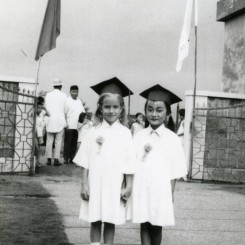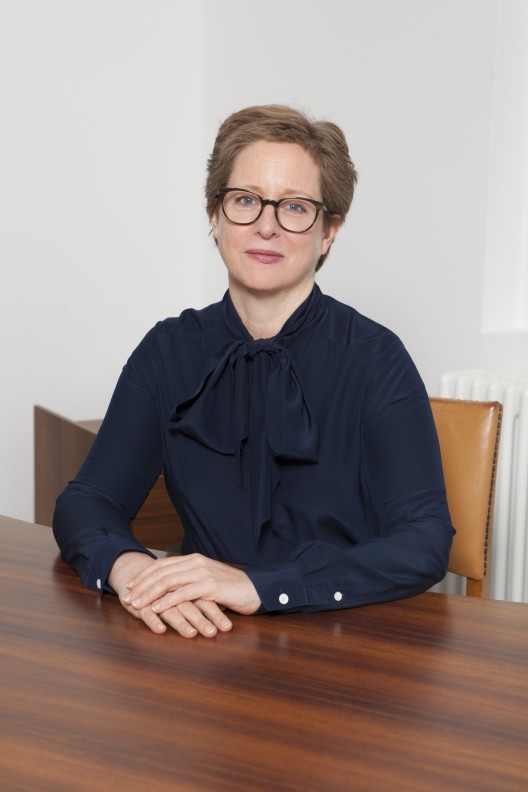by Chris Moore
Esther Schipper is one of the most influential gallerists in Europe. Her Berlin gallery has shown many of the artists who have come to dominate the intellectual scene, including one of the stars of this year’s dOCUMENTA, Pierre Huyghe, but also Dominique Gonzalez-Foerster, Angela Bulloch and Philippe Parreno. Randian met Schipper at her gallery to discuss how she became a gallerist and her thoughts on the role of art galleries now.
Chris Moore: Esther, could you begin by telling us how you became involved in art? What was it that drew you to become an art dealer?
Esther Schipper: My mother is an art historian, so I grew up with going to see a lot of exhibitions. My mother is Dutch, which is an important detail in this little story because she was always very fond of the activities of the Stedelijk Museum in Amsterdam, [which was] back in the seventies probably one of the most avant-garde and interesting museums in Europe. I grew up in Paris, so when we visited our Dutch relatives, we very frequently went to visit the Stedelijk Museum, and that’s something which I grew up with — Gilbert & George’s “living sculpture” or Ed Kienholz’s “Bar”.
CM: Did you consider becoming a curator or entering the museum system?
ES: Oh, that was all left very open at the time. It was just really the fact that I really kind of realized that this was the place I really wanted to be. Not so much in terms of what that would mean professionally but in terms of: these are the people I want to be surrounded by; these are the people I like, that I think are interesting; this is fascinating with all these things happening. And then, by another coincidence, I met Monika Sprüth, who had just opened her gallery and who was literally looking for somebody to do what is called “gallery sitting.” I mean that was at the time prior to Internet, fax machines, computers, whatever, and one had one telephone in the gallery and somebody needed someone to answer it when it was ringing, eventually open the door if somebody wanted to come and see the exhibition, and know where the pricelist was. And then in ’87, I went to Grenoble in France to do the post-graduate curating course at the L’École du Magasin .
CM: At the time, that course was quite unique, wasn’t it?
ES: Yes! The Whitney had something similar but after having worked for a couple of years in a commercial gallery I was very, very tempted by more institutional work. I did a three-month internship at the Whitechapel [Gallery]. I worked as a freelance curator. I opened a little office in Cologne where I did a few little commercial projects –– I published some multiples with Rosmarie Trockel, for instance, but also I did some projects with Rudolf Stingel and Thomas Locher. These were the things that helped me to make some money, and pay for the travelling, and the writing was also not something that I could make an existence upon. So I returned to Cologne and this little office very quickly became a gallery. And that was 1989.




